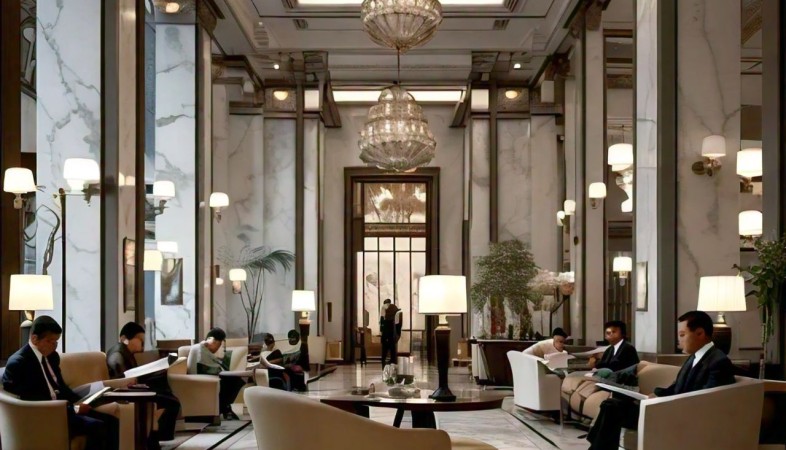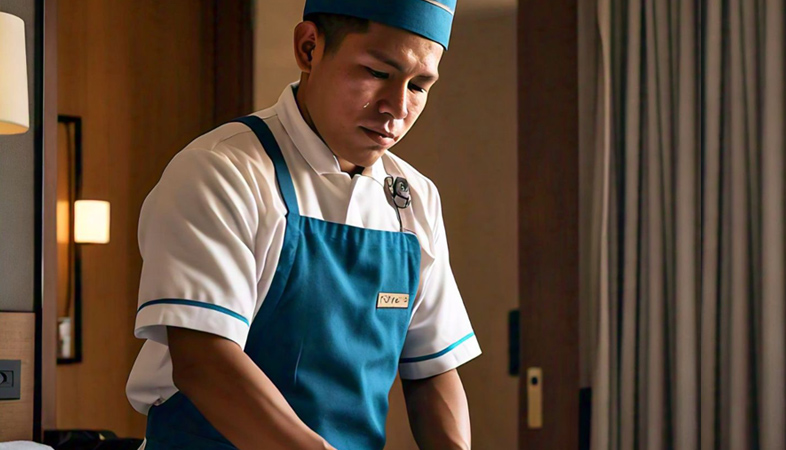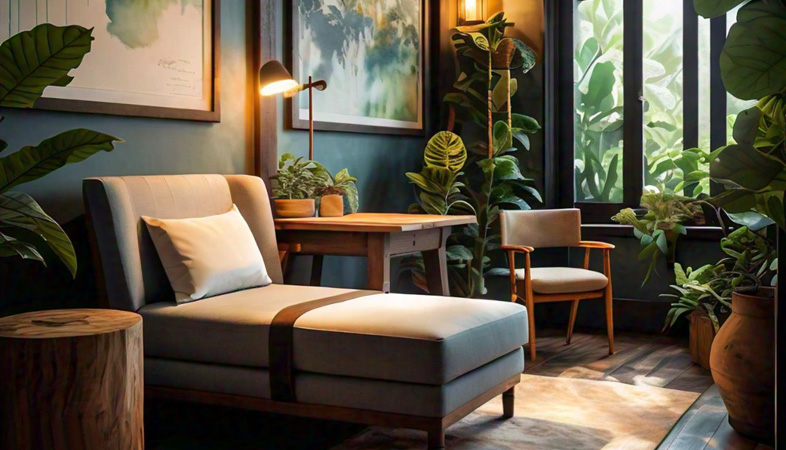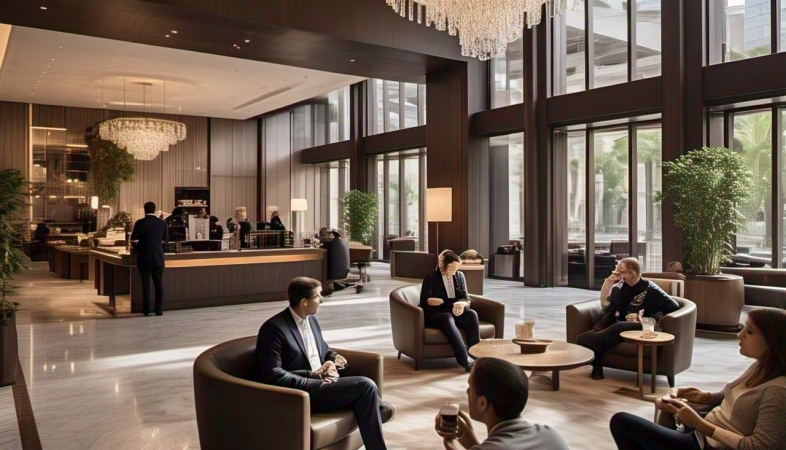SHARE
Commercials
More Posts
Feb 07, 2025
Cabinet Pudding - By Chef Indrajit
Jan 18, 2025
Biscuit Bhel - By Falguni Somaiya
May 12, 2025
Avare Kalu Akki Roti - By Chef Bharath Bhushan C
Feb 07, 2025
Cabinet Pudding - By Chef Indrajit
Jan 18, 2025
Biscuit Bhel - By Falguni Somaiya
May 12, 2025
.png)




























